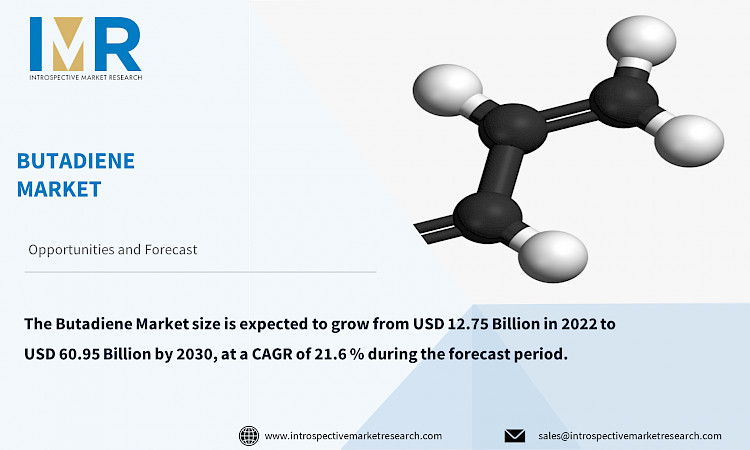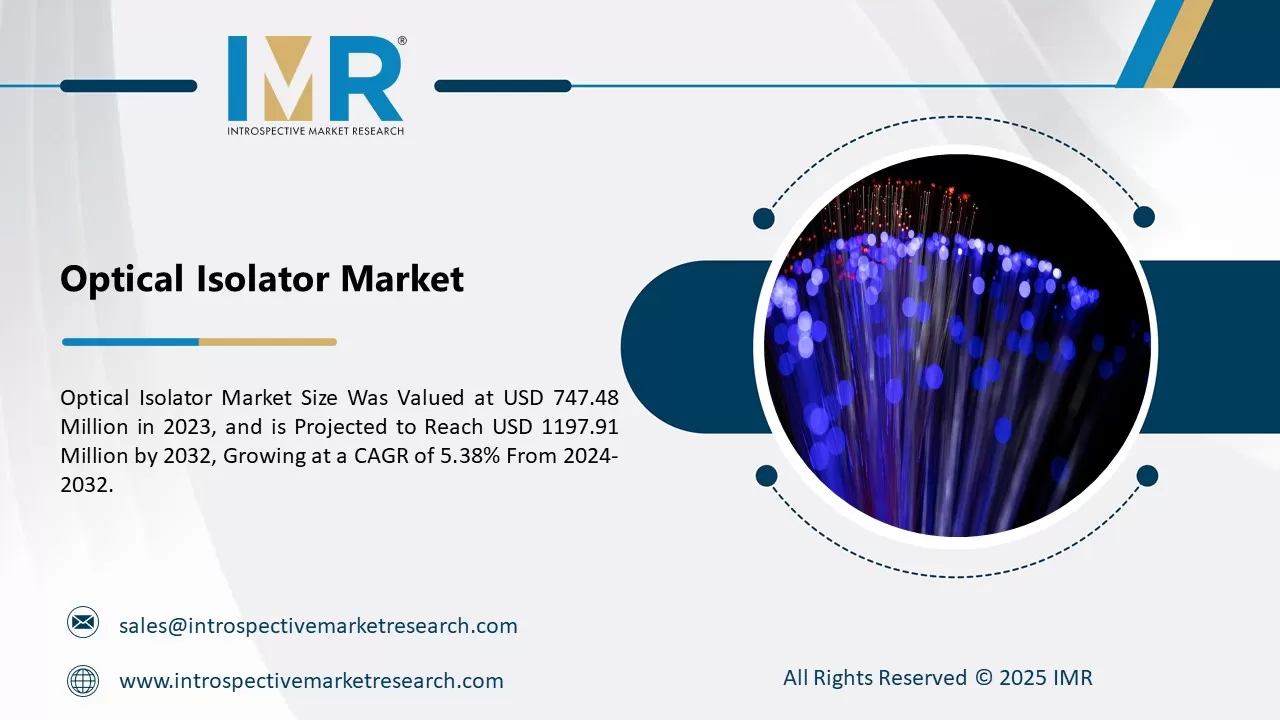Market Overview:
The Butadiene Market size is expected to grow from USD 12.75 Billion in 2022 to USD 60.95 Billion by 2030, at a CAGR of 21.6 % during the forecast period.
Butadieneis a crucial industrial compound used in the production of synthetic rubber and plastic, making it a vital component in various end-use industries. The automotive sector extensively relies on the resulting rubber and plastic products for tire treads, automotive components, and protective clothing. Moreover, butadiene finds applications in consumer goods, packaging, golf balls, footwear, and electrical insulation for wires and cables.
The market for butadiene is witnessing growth due to increasing demand from end-use industries and the rise in automobile production. Its diverse applications and enhanced functionality at a competitive price further fuel market expansion. Additionally, butadiene's utilization in the production of various rubber types like polybutadiene, nitrile rubber, and styrene-butadiene, as well as its role as a polystyrene modifier, contribute to its market growth. With these favorable factors, the future of the butadiene market appears promising, catering to the needs of diverse industries and driving innovation in the synthetic rubber and plastic sectors.
Top Key Players for Butadiene Market:
China Petroleum & Chemical Corporation (China), Shell PLC (UK), Eni Corporations (Italy), Evonik Industries (Germany), INEOS Group Ltd. (UK), LANXESS Chemicals Company (Germany), LG Chemicals Company (South Korea), LyondellBasell Industries Holdings BV (Netherlands), PJSC "Nizhnekamskneftekhim" (Russia), Repsol S. A. (Spain), Saudi Basic Industries Corporation (Saudi Arabia), The Dow Chemical Company (US), TPC Group (US), Formosa Plastics Corporation (Taiwan), ZEON Corporation (Japan), China Petrochemical Corporation Borealis AG (China), Versalis S.P.A. (Italy), and other major players.
Market Dynamics and Factors for Butadiene Market:
Drivers:
Growing Demand for Synthetic Rubber, Plastics, And Specialty Chemicals
With expanding industrialization and urbanization in emerging markets, particularly in the Asia Pacific region, the need for transportation and infrastructure fuels the demand for products like synthetic rubber. Additionally, the versatile applications of butadiene-derived products, such as SBR, ABS resins, and ADN, further contribute to the market's upward trajectory.
Opportunities:
Development of Bio-Based Butadiene
The development of bio-based butadiene using unique catalysts offers a compelling opportunity. With high selectivity, it is possible to produce butadiene from ethanol at lower temperatures, resulting in 2x less energy consumption and a 3x reduction in CO2 emissions compared to traditional methods. The bio-based approach provides environmental benefits, including renewable raw materials and bio-hydrogen generation.
Segmentation Analysis of the Butadiene Market:
By Product, Butadiene Rubber dominates the market as the highest volume general-purpose synthetic rubber. Its versatile applications include car tires, shoe soles, heels, drive couplings, automotive parts, and various mechanical rubber goods. The widespread use of butadiene rubber in multiple industries makes it a key player in the synthetic rubber market.
By End-Users, the automotive industry dominates the butadiene market, consuming over 60% of the total demand. Butadiene is primarily used to produce synthetic rubbers for applications such as tires, grommets, and elastic bands, making it vital for the automotive sector. The growing demand for fuel-efficient and lightweight vehicles further amplifies the usage of synthetic rubber in this industry, solidifying its dominant position in the market.
Regional Analysis of the Butadiene Market:
The Asia-Pacific region dominates the butadiene market due to its robust downstream market growth. China, as a major chemical manufacturing hub, drives significant demand for butadiene, with numerous domestic players contributing to the market's expansion. India's large number of non-tire manufacturers also boosts demand. The region's high automotive production, with over 46 million units produced in 2021, further stimulates the APAC butadiene market.
Key Industry Development:
In July 2022, Sinopec and INEOS Group have agreed to collaborate on three joint ventures aimed at expanding the production of petrochemicals to meet China's market's growing demand. INEOS acquired a fifty percent stake in Sinopec subsidiary SECCO Petrochemical Co., Ltd. which produces butadiene. INEOS and Sinopec will form a new 50/50 joint venture to increase China's acrylonitrile butadiene styrene (ABS) production capacity by up to 1.2 million tonnes per year (tpy) through the construction of two new 300,000-tpy ABS plants.
In June 2022, BASF has expanded its line of Licity anode binders for the production of Li-ion batteries. The styrene-butadiene rubber (SBR) binder Licity 2698 X F of the second generation enables the use of silicon contents exceeding 20%. Additionally, the product features a larger capacity, a greater number of charge/discharge cycles, and shorter charging times.
Regional Outlook (Revenue in USD Million; Volume in Units, 2023-2030)
North America
- The U.S.
- Canada
- Mexico
Eastern Europe
- Russia
- Bulgaria
- The Czech Republic
- Hungary
- Poland
- Romania
- Rest of Eastern Europe
Western Europe
- Germany
- UK
- France
- Netherlands
- Italy
- Spain
- Rest of Western Europe
Asia Pacific
- China
- India
- Japan
- Singapore
- Australia
- New-Zealand
- Rest of APAC
Middle East & Africa
- Turkey
- Saudi Arabia
- Qatar
- UAE
- Israel
- South Africa
South America
- Brazil
- Argentina
- Rest of SA





